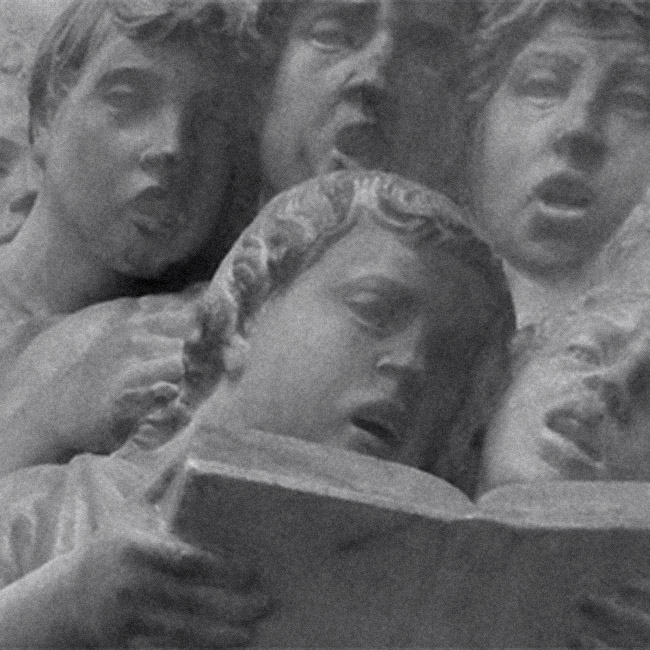The form of descant sung today, a soprano countermelody above a congregational hymn tune, emerged and grew rapidly following the introduction of the 1906 English Hymnal, which some consider the music editor's (Ralph Vaughan Williams) magnum opus (he  THAXTED arr. for strings, flute, oboe, horn, trumpet, & timp.might not agree). The volume's majestic arrangements include obscure and forgotten tunes curated by Vaughan Williams, along with familiar tunes improved by his harmonizations, and a few original tunes. These arrangements invited such treatment, as merely adding a desultory, plagal 'amen' seemed insufficient homage to this new standard of composition.
THAXTED arr. for strings, flute, oboe, horn, trumpet, & timp.might not agree). The volume's majestic arrangements include obscure and forgotten tunes curated by Vaughan Williams, along with familiar tunes improved by his harmonizations, and a few original tunes. These arrangements invited such treatment, as merely adding a desultory, plagal 'amen' seemed insufficient homage to this new standard of composition.
As you might expect, however, the practice and use of the descant had an earlier form, as the term itself implies: descant - 'against the song,' from dis-, a Latin cognate implying opposition, and cantus, 'song;' a word that lives today as the words such as chant and cantata. In its early practice, it was often extemporized, and frequently sung in a different style or rhythm, the high voice at triple tempo, hence the alternate name of the soprano voice, treble.
New - for an orchestral ensemble
GORDON - "My Jesus I love thee, I know thou art mine"
Image: boy singers from Cantoria, a series of reliefs featuring young singers and musicians, Lucca della Robbia, Florence, 14thC.



